Salt water pools are a great alternative to conventional swimming pools and actually require less maintenance in the long run. You will spend less time and money monitoring the condition of your pool and a lot more time enjoying the benefits. You won’t have to deal with going out to the store and buying harsh chlorine for your pool and since salt water is a significantly more stable by nature, it effectively requires less balancing than normal pools.
Getting your salt water pool ready for the season is a must. It is important to always follow the advice of professionals, online guides and the manufacturer’s instructions. Failing to adhere to these instructions may result in an unpleasant summer. It’s also important to keep in mind that not all salt water pools are the same and different regions will have different experiences. This is why it’s important to make sure that whichever instructions you do follow, are specific to your pool.
Although salt water pool maintenance is usually recommended to be a weekly task, this does depend on a number of variables. For example, how often you use the pool, where the pool is situated and how clean that environment is. Spot cleaning with a skimmer net or pool vacuum is essential for maintaining balance in the water chemistry.
For the salt water chlorine generator in your pool to operate to its full potential, it’s important to keep the salinity within the range that is specified by the manufacturer. It’s important to refer to the included manual as this range may vary between models. Some generators don’t have a built in chemical feeder or salinity monitor, in which case you will need to buy a testing kit and conduct weekly tests to ensure that levels are consistent. Although unlikely, a lack of maintenance can lead to damage within the salt cell and other components. Inconsistent levels can also result in algae growth which is unattractive and unsanitary. Also keep in mind when adding extra salt in low-level situations not to add too much, as this will force you to add fresh water to lower the salinity.
While monitoring and testing free chlorine levels is not essential to your weekly routine, it is recommended that you do it every 2-4 weeks. The total chlorine and combined chlorine levels can be ignored when testing and balancing as this will make things more efficient. If your free available chlorine levels are too low, you should check your salinity levels and ensure that they are sufficient for the correct functioning of your chlorine generator. Low levels are usually caused by calcium buildup, inadequate pool circulation or an expired cell. At the start of the season or during heavy usage it may also be beneficial to shock your pool. This may also raise free chlorine.
When it comes to pH levels, it is important to ensure that they are around 7.5 for salt water pools. This is essential for removing germs and bacteria to create a safer swimming environment. IF you are using a salt water chlorine generator, you might notice that your pH will slowly rise over extended periods of time. In which case you will need to add an acid. Make sure that when doing so, you are adding it slowly and in small increments. Allow the water to circulate for around 5-6 hours before testing it. You can repeat the process if necessary, but make sure not to overdo it.
While it may seem like a significant amount of work at first, you will find after some maintenance sessions that it is a rewarding experience that will ensure you have a healthy and enjoyable salt water pool. Make sure to contact your local pool shop and get expert opinions on your specific pool as there are many variables and it is never a good idea to apply all the rules and values as some are generalized and not specific to your pool.
And with that in mind, also remember that the most efficient and stress-free way to look after your pool is to let the pros do it! Into The Blue Pools are your trusted pool service pros in Sarasota, Florida. We also serve Venice, Bradenton, and other surrounding areas.
